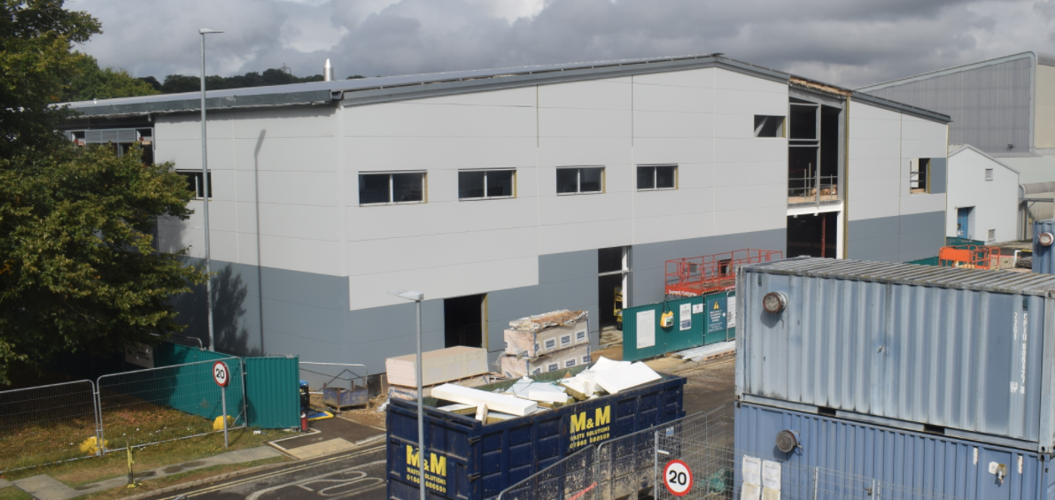We are very pleased to announce that as of today (1st October 2021) we have been awarded three major equipment investment projects through the National Nuclear User Facility phase 2a call. These three projects total £7.8m of investment in the MRF and will enable a step change in capability for our users. These projects represent the biggest investment in scientific equipment for the MRF to date. NNUF2a will run until autumn 2023 with most the equipment expected in late 2022 and early 2023.
The new equipment coming to the MRF will include an analytical Transmission Electron Microscope (TEM) with in-situ testing capabilities, a Plasma Focused Ion Beam (PFIB), upgrades to our existing Gallium ion FIB, an in-situ heating stage for our XRD, an in-situ mechanical testing stage for use in the SEM and a high-vacuum Differential Scanning Calorimeter (DSC). Each piece of the equipment will be integrated into our specialist facilities for handling highly radioactive material, enabling cutting edge research on the most relevant materials for fusion and fission power.
These projects will partly be housed in the new MRF building extension, the build of which is nearly complete. Opening in spring 2022, the extension will provide new space for radioactive testing including new shielded research rooms and active lab space.

Links to the grant pages and more information is given below.
A National Focused Ion Beam Facility for Active Materials lead by the University of Bristol and in partnership with the University of Oxford. Focused ion beam (FIB) is an essential tool in materials science, both for 3D characterisation of the structure and chemistry of materials, but also as a specimen preparation method for other techniques. Cutting-edge instruments for atom probe tomography (APT), transmission electron microscopy (TEM) and micro-mechanical testing all rely on the use of FIB to prepare suitable specimens for analysis. Crucially, there are few FIB instruments in the UK that can analyse active material, and this presents a bottleneck to the nuclear research community. This is particularly important for the recently funded NNUF National Nuclear Atom Probe Facility at the University of Oxford, which relies on FIB for specimen preparation of APT specimens but has no active FIB of its own. This proposal would add to the FIB capability at the UKAEA Materials Research Facility and the University of Bristol to create a national facility for focused ion beam on nuclear materials, concentrating on neutron-activated specimens critical for both the nuclear fission and fusion research communities.
FaSCiNATe: Facility for the Structural Characterisation of materials for Nuclear Applications operating at high Temperatures lead by UKAEA and in partnership with the University of Oxford and the University of Birmingham. FaSCiNATe will provide a unique and complementary suite of scientific instruments to characterise the thermal stability of microstructural damage in neutron irradiated materials and the associated effects on mechanical properties. The project is focused on the defects created during irradiation damage: what strain they create (as measured by XRD), what energy they store (using DSC) and what influence they have on mechanical behaviour (using an in-situ mechanical test stage). In all of these cases, we will be looking how the defects evolve with temperature as this is one of the most important variables to control.
RadIAEM: Analytical Electron Microscope with in situ capability for beta, gamma active materials lead by the University of Manchester and with several other partners. RadIAEM is an advanced Analytical Electron Microscope (AEM) dedicated for neutron-irradiated materials with the unique ability to view in real time nanoscale and microscale changes that can occur in the samples at elevated temperatures and also in a variety of gas environments. With RadIAEM (Radioactive In situ AEM) it will be possible to perform world-leading research that is essential to understand the microstructural effects of neutron irradiation on materials for advanced nuclear fission and fusion reactors.
